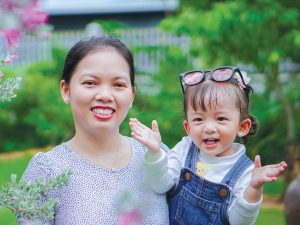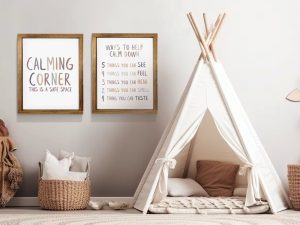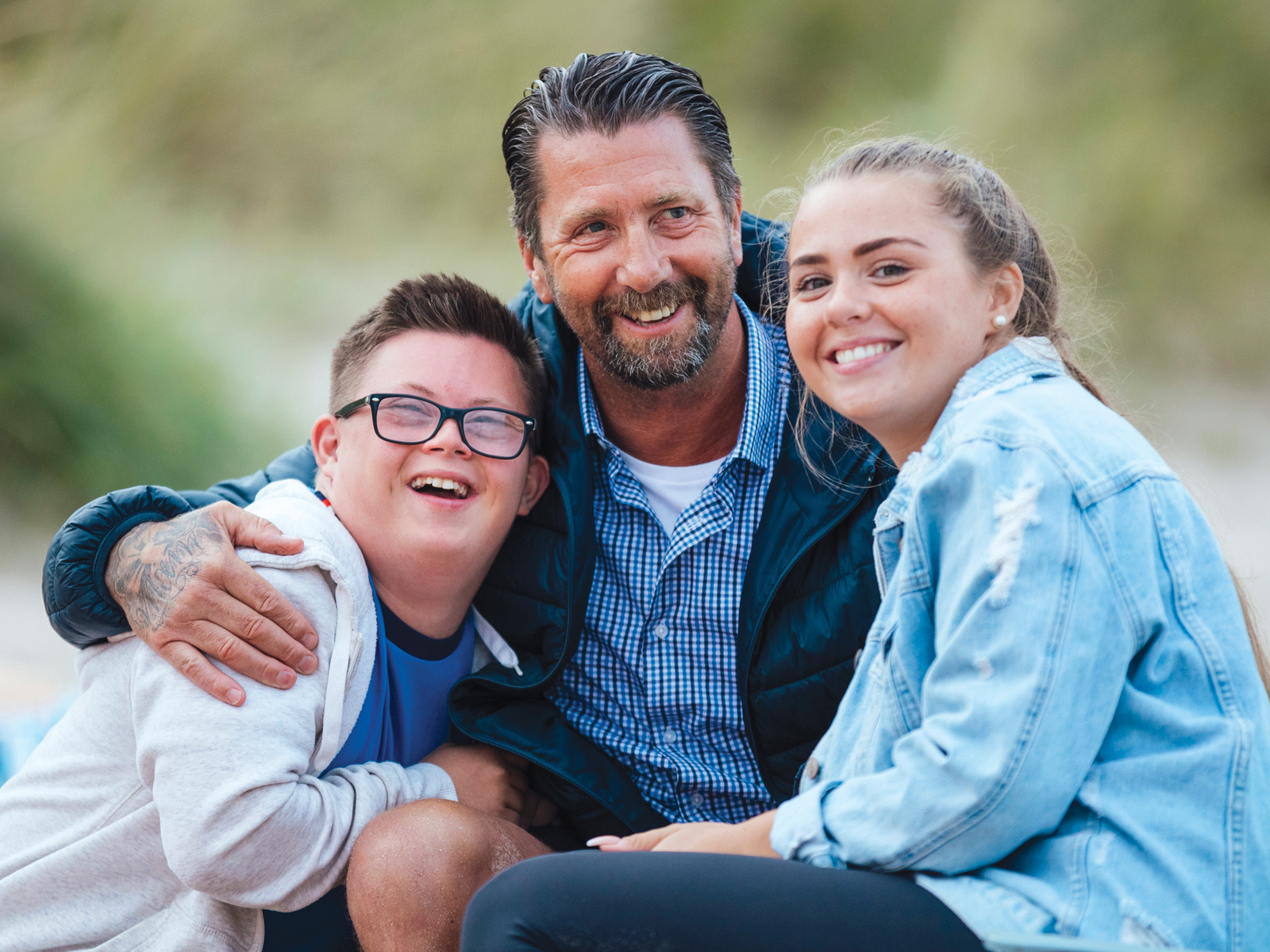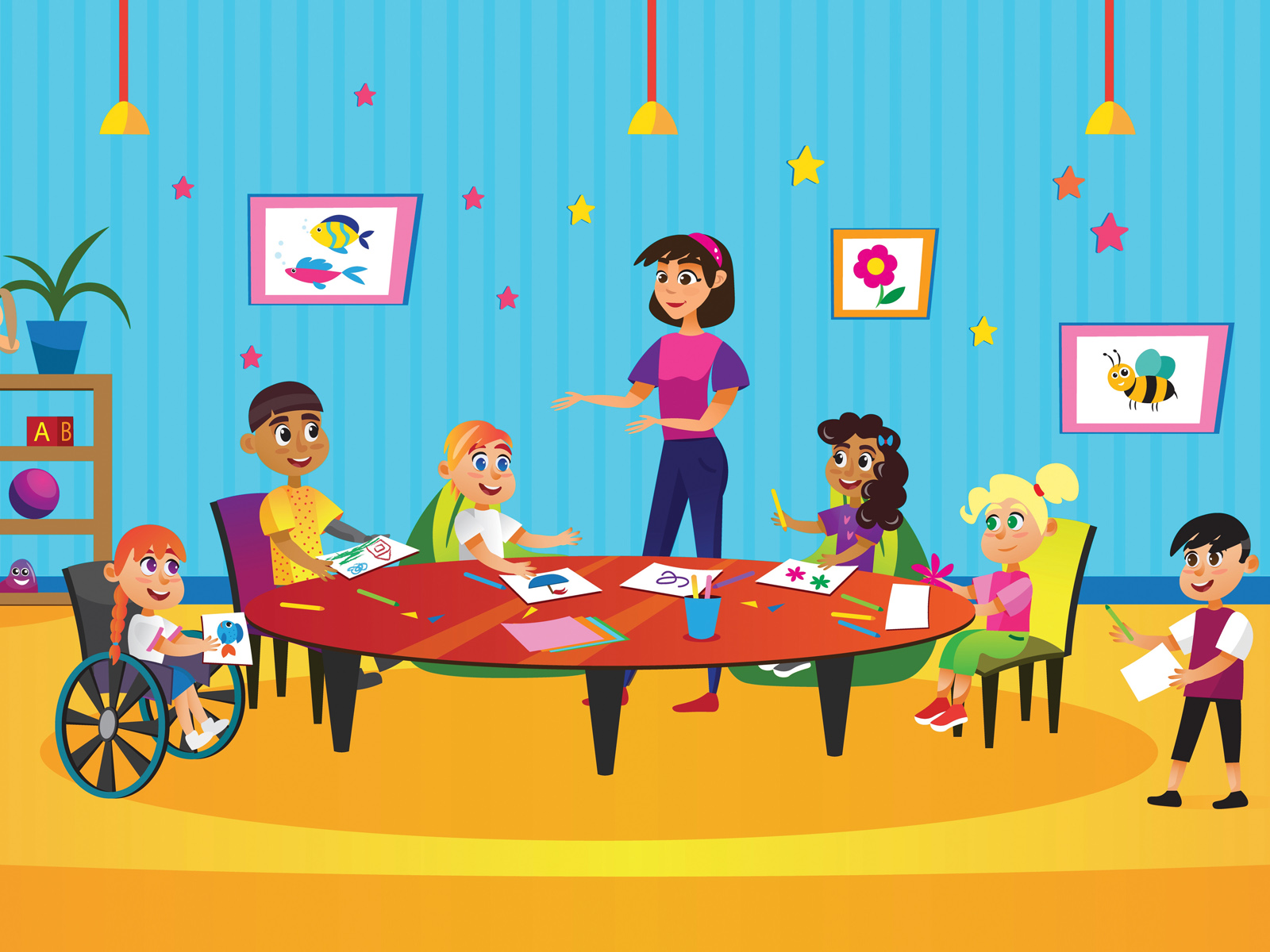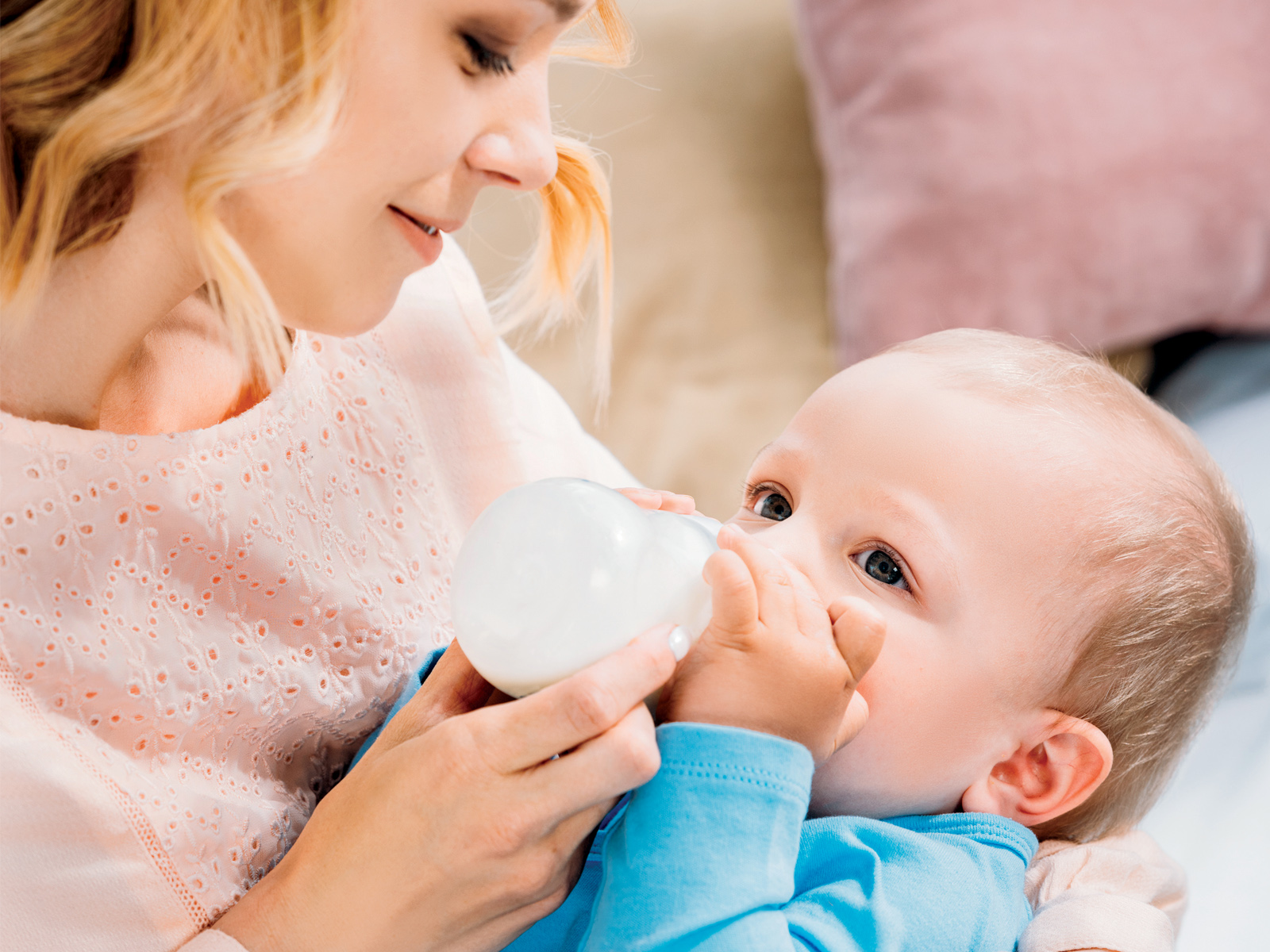This bold new book shows you how
By Louise Kinross
We Move Together is a picture book that belongs on every child’s bookshelf.
In bright, bold images, it follows a group of children, with and without disabilities, navigating their day in an urban environment. They move in different ways—fast, slow, on feet, in wheelchairs, using scooters, bikes and canes. Along the way they work together to overcome obstacles—whether it’s learning American Sign Language so everyone can communicate or building a small ramp so wheelchairs can get over a step into the ice cream shop.
The book opens with a powerful quote from disability activists Aurora Levins Morales and Patty Berne at Sins Invalid:
All bodies are unique and essential. All bodies are whole. All bodies have strengths and needs that must be met. We are powerful not despite the complexities of our bodies, but because of them. We move together, with no body left behind. This is disability justice.
It ends with a fabulous, kid-friendly glossary.
I interviewed co-author Kelly Fritsch, assistant professor in the Department of Sociology and Anthropology at Carleton University in Ottawa.
BLOOM: How did you come up with the idea for this book?
Kelly Fritsch: The book came about primarily because I’m a disabled parent and my co-author Anne McGuire and I were talking about how frustrating it was that we couldn’t find books that engaged with disability community and culture as a way of having some of the conversations about disability with kids. We thought well, why don’t we try to write our own book? We approached Eduardo Trejos, who is a graphic artist, and began the process of trying to map out what a book we could be proud of would look like.
BLOOM: The unifying theme of the book is movement. Can you explain?
Kelly Fritsch: This is the crux of what we wanted to get across—this idea that if we’re going to move forward for social change, we have to do it together. That means the people who are the most vulnerable and those who face the most barriers have to be the people that we are moving with. We need to forefront all of their needs because the barriers that are constructed don’t have to be there.
We also felt kids are very busy—they’re always in movement and have a lot of energy, so we thought one way to tell the story was by following kids as they moved through their life in a city and experienced different barriers. Some of the barriers they’re able to challenge and deal with, and some are a bit tougher to resolve.So how do we have tough conversations that ensure that the people who are affected by policy changes are consulted and engaged with?
BLOOM: The pictures are incredibly diverse. What instructions did you give the illustrator?
Kelly Fritsch: One thing that’s unique about our book is that we worked closely as a team. So while Eduardo was the artist, we had many, many discussions. It was an iterative process. We also circulated the book widely for feedback so we could be confident about the final product.
BLOOM: Anne sent me a copy to review, but I think it was before you had the glossary.
Kelly Fritsch: We were just going to write a storybook. But there was so much information that we couldn’t include in the story. The glossary came out of that process.
In the glossary we name many of the people who appear in the book, because they’ve been central to disability-justice organizing and fighting for rights and for social change for disabled people. I think that citational, proactive pointing to the people who have been central to making things better needs to be part of the conversation.
BLOOM: This looks like a book that could be used as part of the curriculum in an elementary school.
Kelly Fritsch: Absolutely yes. That’s a huge part of how we want the book to travel. We have an education and learning guide too that will be posted to our website with full curriculum for teachers in grades one to four. The idea there is to give teachers the language and ways to use the book to talk about ableism, disability culture and community. We also have a whole bunch of activity ideas and discussion prompts.
BLOOM: You have a disability. As a child, did you have access to a book like this?
Kelly Fritsch: No, absolutely not! I very much grew up at a time where as a child I didn’t identify as a disabled person. It was not on my radar that there was a politics associated with disability. I very much had the experience of other kids pointing at me and saying “What’s wrong with you?” and not knowing what to say. I felt ashamed of myself and didn’t know why.
Part of this book, for me, is putting out in the world the language to be able to speak about these kinds of questions. Kids are curious and they want to know about difference and I don’t think the desire to know about difference is bad. We need to provide kids and families with tools to speak back to curiosity in ways that open the conversation, as opposed to shutting it down. Let’s make it about a culture and a community and a way of living that is to be celebrated.
BLOOM: Your website talks about how your research focuses on the “generative frictions of disability.” What are those frictions?
Kelly Fritsch: Ableism is so embedded in our society in so many ways that we have to challenge it. Becoming a more inclusive society for disabled people is going to require that things change, and some of those things are not easy to change.
For example, I think if we’re going to embrace disability it does mean embracing slowness. That has implications for how we understand work. What does it mean to be productive? Should people be given an income whether or not they’re able to work? What does it mean to contribute to a community if we’re not thinking about it just in terms of work and productivity?
People have different access needs and they’re not always in alignment. We need to find ways of including people, but also know that we’re not going to be able to 100 percent include everyone, all the time. How do we have those kinds of negotiations, which I think are generative in that they lead us to better places? I’m really interested in the way talking about disability seriously disrupts how we do things.
Visit wemovetogether.ca for more resources.
Louise Kinross is BLOOM editor and special projects manager at Holland Bloorview Kids Rehabilitation Hospital.


